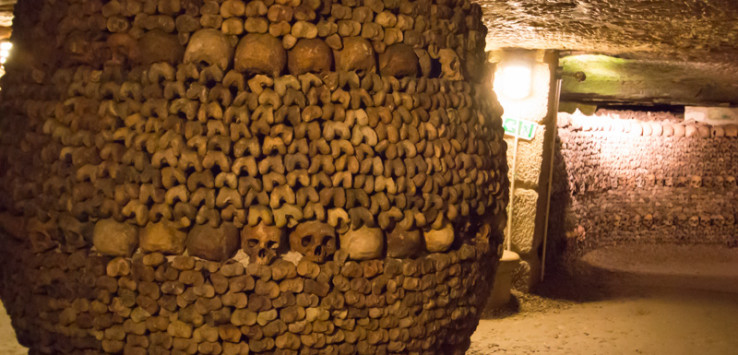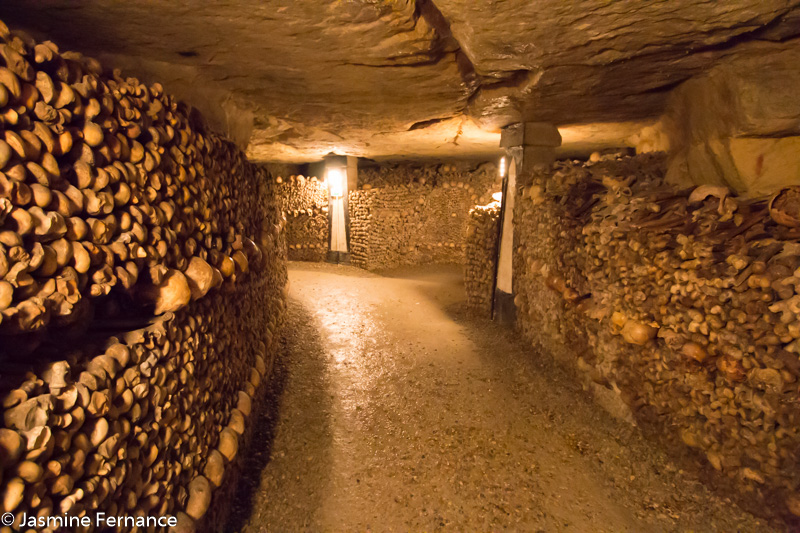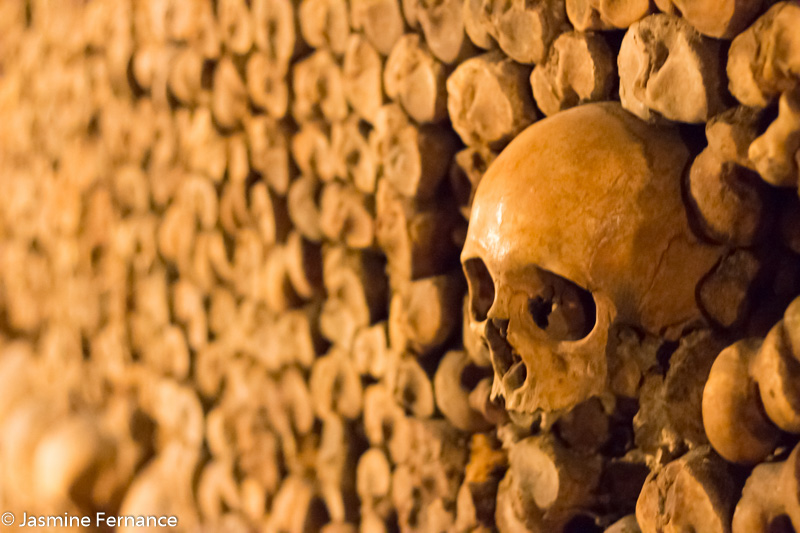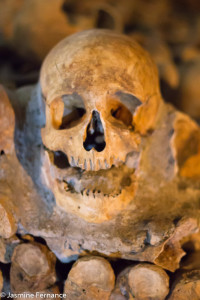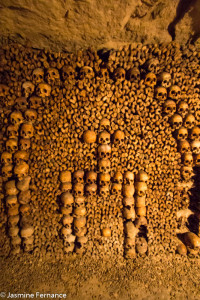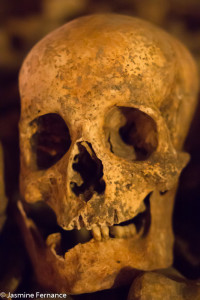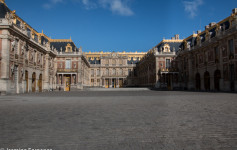Paris is often referred to as ‘the city of light’ (la ville lumiere), mainly for its role in the Age of Enlightenment, but more literally because it was one of the first cities to adopt gas street lamps. I was however also interested in discovering Paris’ dark side, some of those more morbid curiosities that show a different side of the city.
Pere Lachaise Cemetery
Pere Lachaise is the largest and most well-known cemetery within the city of Paris. Opened in 1804, over one million people have been buried here to date, increasing to between two-three million if you include the remains stored in the Aux Morts ossuary (when the lease runs out on a grave site and it’s not renewed, the remains are moved here). Walking amongst the tombstones, monuments and chapels I pondered to myself that there may be more talent buried within these 110 hectares than what is alive today!
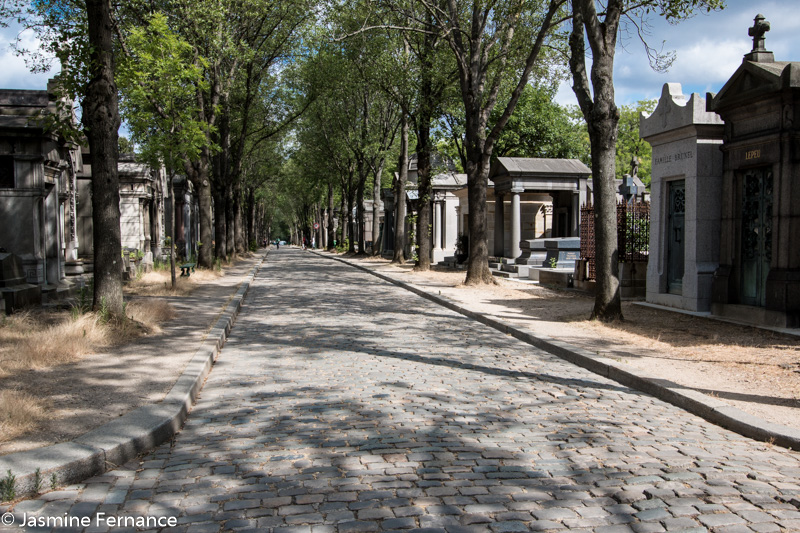
The most famous resident for most visitors is Jim Morrison of The Doors. An easy grave to spot, it’s the only one that will have drawn a crowd, with about ten people surrounding the fenced off area when I arrived. Other notables worth visiting are Chopin, Oscar Wilde (covered in lipstick kisses), Edith Piaf, Gertrude Stein, Rossini, Balzac, Bizet, Collette, Moliere, Proust and Isadora Duncan, to name a few. Some are easy to find, others I wandered aimlessly amongst the tombs until I came across them (or came across someone else who had found them). Isadora Duncan was the most difficult to find, having been cremated and given a ‘hole in the wall’ at the columbarium (crematorium). Other monuments worth visiting include those dedicated to the victims of the holocaust and to soldiers who lost their lives in WWI and WWII. These are located at the very back of the cemetery.
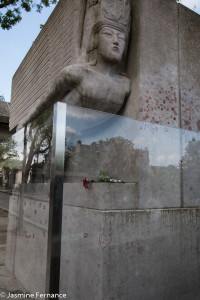
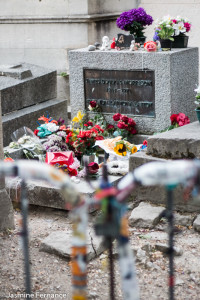
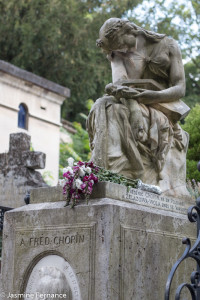
Unlikely as it may be, the cemetery is a pleasant place to spend a few hours on a hot day as it’s mostly shaded by tall trees throughout, and is very quiet and uncrowded. The most common way to get there is by Metro to Pere Lachaise station, however I went one stop further to Gambetta station, where I could enter at the top back entrance and walk downhill throughout, rather than slog my way uphill from the official entrance at the bottom.
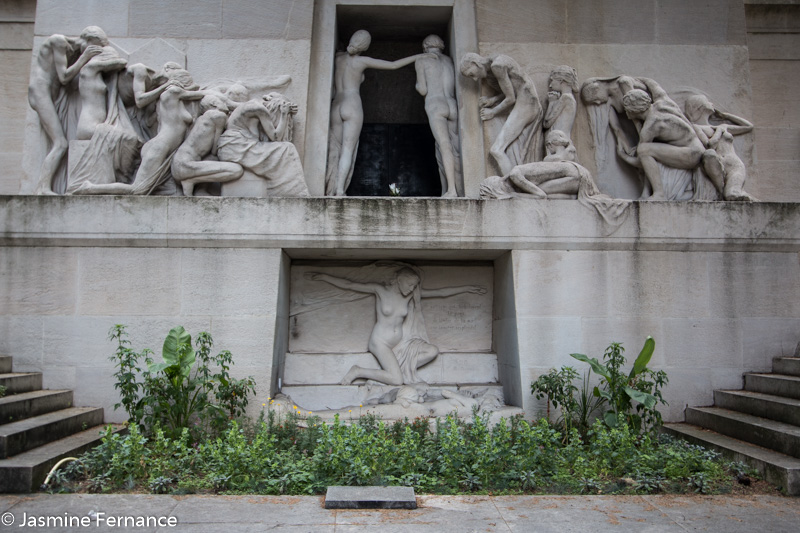
Montmartre Cemetery
This is the third largest cemetery in Paris and was previously used as a mass grave during the revolution, before opening as an official cemetery on 1 January 1825. Just up the road from my apartment, it’s another quiet place to wander slowly and aimlessly and discover tombstones and gravesites of many of the famous artists who lived and worked in Montmartre. The famous painter and sculptor Edgar Degas is here, along with and Adolphe Sax, the inventor of the saxophone.
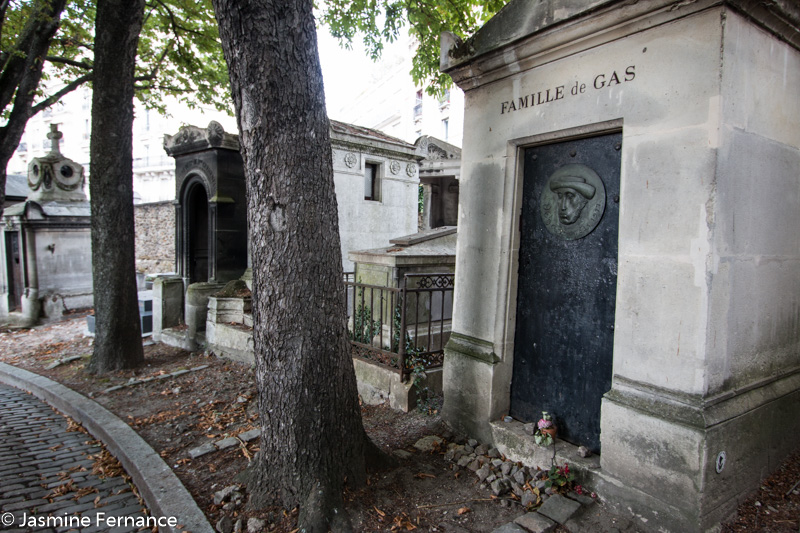
The Catacombs
The Cemetery of the Innocents was the main Paris cemetery up until the late 1800’s and had housed the dead of Paris since the middle ages. At the beginning of the 18th century the overfilled cemetery became a health risk and was closed in 1785. But what to do with all the bodies?
Beneath the left bank in Paris lay long abandoned stone quarries and mines, tunnels and caverns that had long been forgotten about. In 1774 part of a mine collapsed, bringing down with it the house that sat above. It was during the restoration and stabilization of the mines that it was determined to be the perfect place to move the bones from the Cemetery of the Innocents. Today those bones and skulls are arranged throughout a series of tunnels beneath the city, going for approximately 2km and housing over six million inhabitants.
My first attempt to visit the catacombs failed when I arrived with a friend at midday and found a line where the wait was about 3.5 hours. Eek! And I had thought these were going to be ‘off the beaten track’, definitely wrong on that. I returned alone a few days later at 8:30am. Although the catacombs don’t open until 10am there were already about 20 people in line, and by the time the doors opened at 10am the line was longer than on my previous visit, with a wait of about 4 hours. So my tip is to get there very early!
Only allowing 200 people in the catacombs at a time I was amongst the very first to enter that morning. Taking my time I managed to space myself well behind a family in front of me, and ahead of the group behind, so I had the time and space to wander peacefully throughout the chilly tunnels and be totally freaked out by the eerie silence down the long tunnels until I reached the highlight, passageway after passageway of skulls and bones. It was totally worth the wait.
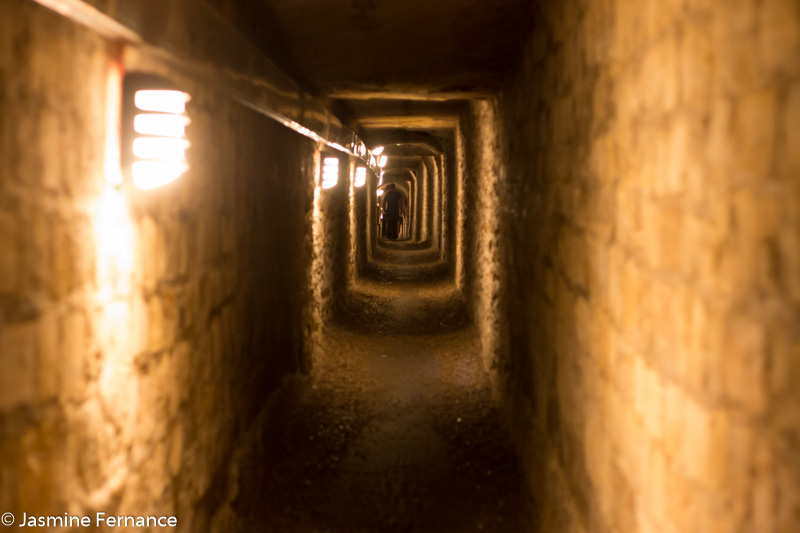
The Conciergerie
The Conciergerie was once a part of the royal palace on the Ile de la Cite and was the city’s main prison, given its name from the keeper of the royal palace, or concierge. Dating back to medieval times, one of the original towers still has the oldest clock in Paris mounted on the outer wall, from 1535.
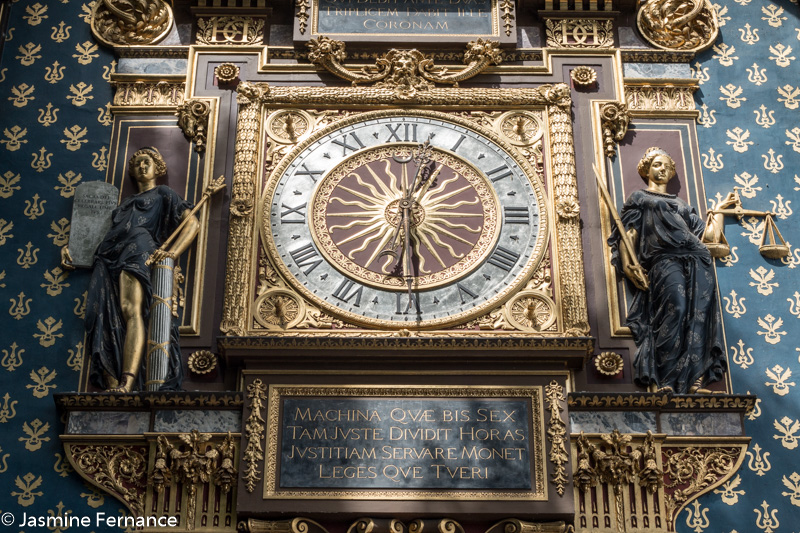
The Conciergerie played a major role during the Reign of Terror, when more than 40,000 people died from execution or imprisonment. Approximately 2,700 prisoners from the conciergerie were sent to the guillotine, including Marie Antoinette. Her original cell has since been converted to a chapel, which can be visited, and you can also view a recreation of her original cell.
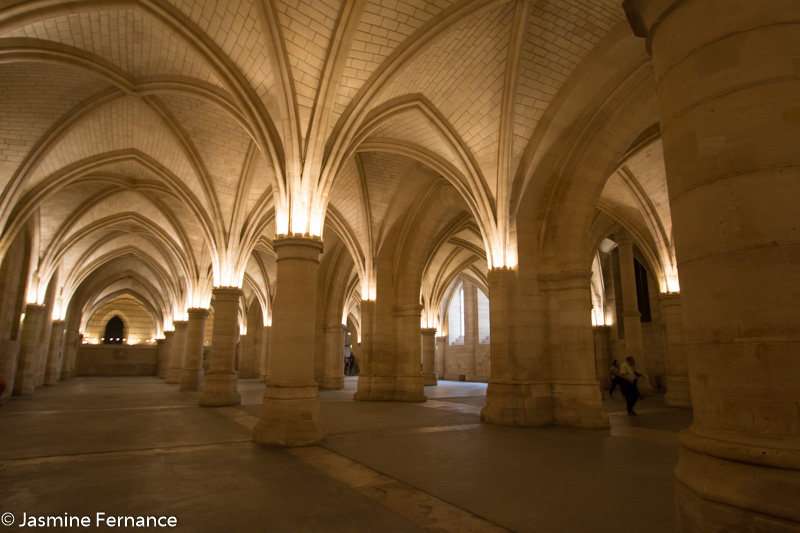
The Pantheon
The Pantheon is located in the Latin Quarter on the left bank of Paris, and although once a church dedicated to St Genevieve, the patron saint of Paris, it is now a mausoleum containing the remains of 75 of France’s greatest citizens. Internment here is decided by the French Parliament and therefore only the best are moved here from their original burial places.
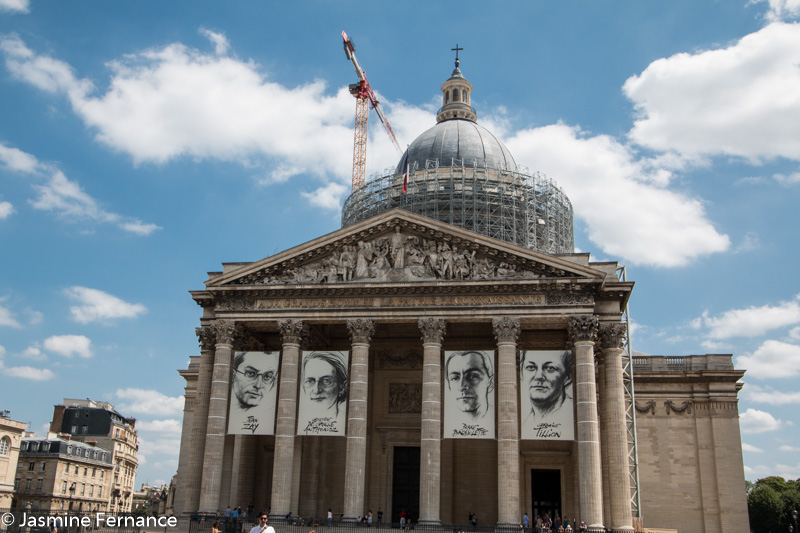
Among those buried are Victor Hugo, author of Les Miserable, Alexander Dumas, author of The Three Musketeers, and philosopher Voltaire. The first woman to be buried here was Marie Curie, along with her husband, and the most recent internments in 2015 are four fighters from the resistance during WWII.
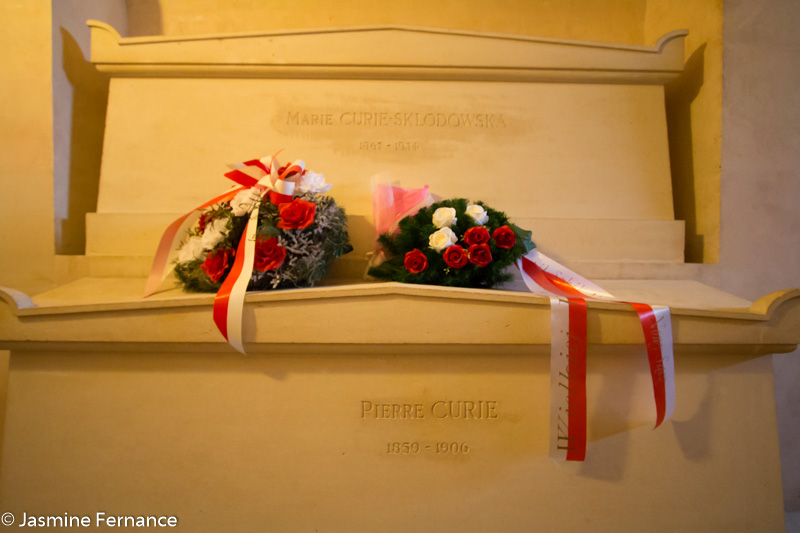
The Pantheon is a great place to visit on a hot day. After failing to get into the catacombs my friend and I went here instead, where there were no lines, and it was nice and cool inside.
